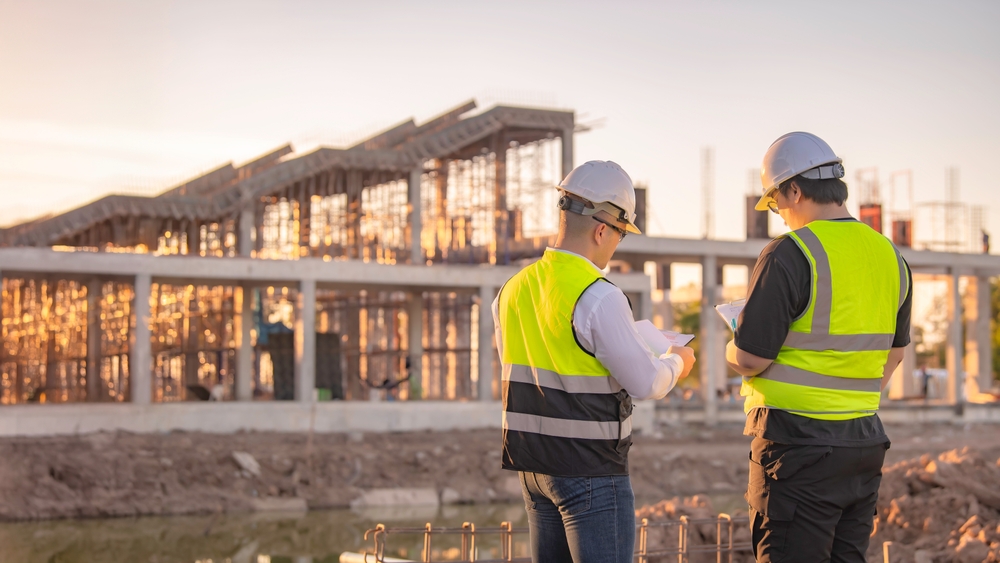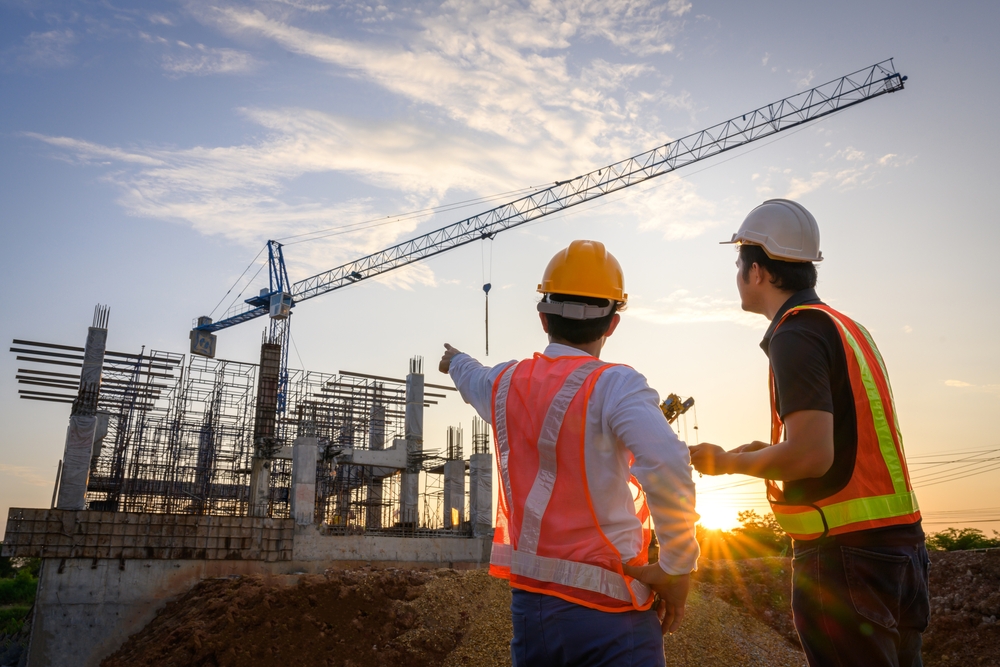Building Technologies and Their Impact on Modern Architecture
Building Technologies and Their Impact on Modern Architecture

The rapid advancement of building technologies is transforming the way we design, construct, and experience buildings. From energy-efficient materials to smart systems and sustainable solutions, these technologies are shaping modern architecture in remarkable ways. This article explores how building technologies are revolutionizing the field of architecture and enhancing the design and functionality of modern structures.
The Rise of Smart Building Technologies
1. Integration of Smart Systems
Modern architecture increasingly integrates smart technologies, allowing buildings to operate more efficiently and respond dynamically to their environment. Smart systems manage lighting, temperature, and security, ensuring greater energy efficiency and convenience. These technologies not only enhance the functionality of buildings but also influence their design, as architects now consider how to incorporate technology seamlessly into their structures.
2. Building Information Modeling (BIM)
Building Information Modeling (BIM) has become a cornerstone of modern architecture. This technology allows architects to create detailed digital models of buildings, enabling better collaboration and decision-making throughout the design and construction process. BIM reduces errors, improves efficiency, and allows for the visualization of complex designs before construction begins, resulting in more innovative and sustainable architectural projects.
Sustainable Building Technologies
3. Energy Efficiency and Green Building Materials
Energy efficiency is a key focus in modern architecture, and building technologies are making it easier to achieve sustainable designs. Green building materials, such as recycled steel, bamboo, and low-emission glass, are widely used to minimize environmental impact. Technologies such as solar panels, green roofs, and energy-efficient HVAC systems contribute to reducing a building’s carbon footprint while providing aesthetic and functional benefits. These innovations influence architectural designs, encouraging the creation of eco-friendly structures that harmonize with their surroundings.

4. Sustainable Construction Practices
In addition to energy-efficient materials, modern construction practices are becoming more sustainable. Technologies like 3D printing and modular construction help reduce waste and lower construction costs. These approaches allow architects to design more sustainable buildings, often with innovative shapes and forms that would be difficult or costly to achieve using traditional methods.
Enhancing Building Performance and Comfort
5. Improved Indoor Environmental Quality (IEQ)
The integration of building technologies has greatly improved indoor environmental quality, a crucial aspect of modern architecture. Technologies such as advanced HVAC systems, air purifiers, and smart ventilation systems contribute to healthier indoor environments by ensuring optimal air quality, temperature, and humidity control. These advancements improve occupant comfort and productivity, which are essential considerations for architects designing residential and commercial spaces.
6. Adaptive and Responsive Architecture
Building technologies enable architects to create structures that adapt to environmental conditions in real time. For instance, dynamic facades with adjustable shading systems can respond to sunlight, reducing the need for artificial lighting and cooling. Similarly, smart glass can change its opacity based on external conditions, enhancing energy efficiency while allowing for flexibility in design. This adaptive approach to architecture results in more responsive, sustainable, and visually striking buildings.
The Future of Architecture: Technology and Innovation
7. Digital Fabrication and 3D Printing
Digital fabrication technologies, including 3D printing, are reshaping the architectural landscape. Architects can now design and produce intricate structures with unprecedented precision and creativity. 3D printing allows for the creation of complex, customized forms that were once impossible to achieve using traditional construction methods. This technology not only pushes the boundaries of architectural design but also makes construction faster, more cost-effective, and environmentally friendly.
8. Artificial Intelligence and Automation
Artificial intelligence (AI) is playing an increasingly important role in architecture by streamlining the design process and enhancing building performance. AI-driven tools can analyze large datasets to optimize building designs for energy efficiency, sustainability, and user experience. Automation is also transforming construction processes, allowing for more efficient building management and reducing human error. The integration of AI into architectural design ensures that buildings are not only aesthetically pleasing but also optimized for long-term functionality.
Conclusion
Building technologies are having a profound impact on modern architecture, revolutionizing the way buildings are designed, constructed, and experienced. From smart systems and energy-efficient materials to sustainable construction practices and adaptive architecture, these innovations are pushing the boundaries of what is possible in the field. As technology continues to advance, architects will increasingly integrate these tools to create more sustainable, efficient, and innovative structures that meet the needs of future generations.
For more insights on sustainable building technologies, check out the World Green Building Council. For expert guidance on integrating modern technologies into your architectural projects, feel free to contact us.
Read more related articles to enhance your knowledge and make informed decisions
10 Essential Steps in the Building Construction Process
How to Choose the Right Materials for Your Construction Project








